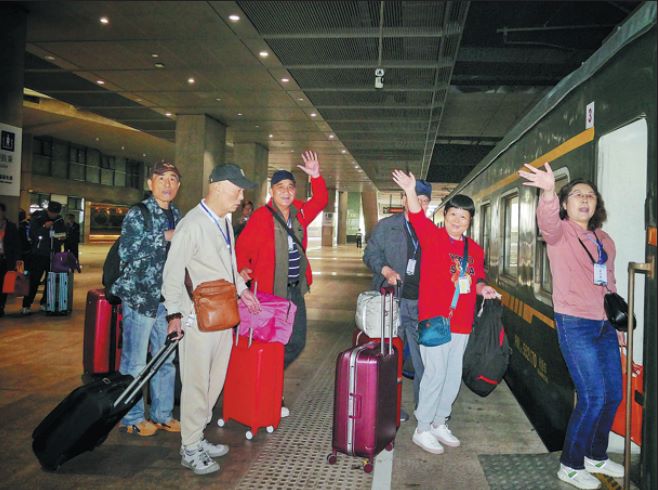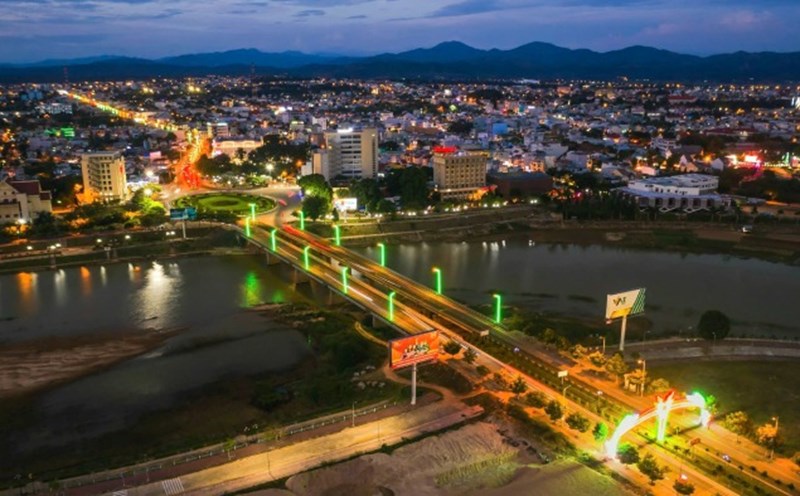Xinhua News Agency reported that the first day of the Lunar New Year holiday in China witnessed an "explosive" tourism wave nationwide, with hundreds of millions of trips using all types of transportation - from road, rail, air to waterway.
The soaring numbers show the vitality of the world's second largest economy.
According to China's Ministry of Transport, on April 4 alone - the first day of the 3-day holiday - there were more than 20.09 million passengers traveling by train, an increase of 8.4% over the same period last year.
The airline also recorded nearly 1.79 million passengers, an increase of 8.6%. Meanwhile, waterway traffic reached 880,000, an impressive increase of 24.4%.
However, the largest proportion and strongest growth is still road - with more than 264.7 million movements, an increase of 9.7%. Notably, the trend of traveling by private vehicle continued to explode, with 228.23 million trips, up to 11.1%.

The Lunar New Year - also known as the Tomb Algae Festival - this year falls on April 4. This is an occasion for Chinese people to remember their ancestors, clear graves and worship. In addition to its profound spiritual meaning, the Lunar New Year holiday is also an opportunity for people to relax, picnic or travel for a short time, especially in the warm spring weather.
From big cities like Beijing, Shanghai to scenic spots like Hangzhou, Zhangjiakou, the number of visitors has increased dramatically, creating a vibrant traffic picture after a quiet winter.
The explosion in travel demand not only reflects the spiritual and tourism needs of the people, but also a positive indicator of the recovery of domestic consumption - an important pillar for China's economic growth in 2025.
In the context of many fluctuations in the world, short but vibrant holidays like the Lunar New Year are gradually becoming an engraving measuring the heat of the consumer market and peoples confidence in the economic future.











